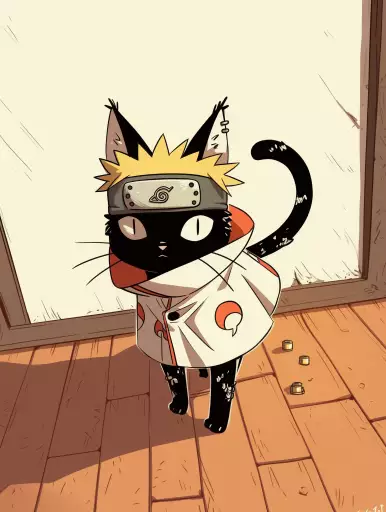Explore the Best AI Image Gallery

Beyond the Brush: How AI Image Creation Tools Are Reshaping Creativity
The art world has long been a space of human expression, where imagination takes tangible form through paint, clay, or digital pixels. But a new player has entered the scene, one that doesnt wield a brush or sculpt with hands – artificial intelligence (AI). AI image creation tools are rapidly evolving, capable of generating stunning visuals from simple text prompts. This technological leap is sparking both excitement and debate about its impact on the creative industry, raising questions about the future of art, design, and our understanding of creativity itself.
A New Creative Frontier: Unlocking Potential with AI
AI image generators offer a plethora of exciting possibilities for artists, designers, and anyone looking to express their creative vision. Here are just a few ways these tools are reshaping the creative landscape:
- Democratizing Art Creation: AI tools lower the barrier to entry for aspiring artists who may lack traditional artistic skills. Anyone with an idea and a text prompt can now bring their vision to life, fostering greater inclusivity and diversity in the art world.
- Accelerating Design Processes: In fields like graphic design, web development, and advertising, AI can generate multiple design options quickly, saving time and resources. Designers can then refine these AI-generated concepts, focusing on the creative aspects rather than tedious repetitive tasks.
- Exploring New Artistic Styles: AI algorithms can learn from vast datasets of art history, enabling them to create images in various styles, from Renaissance to cyberpunk. This opens up exciting avenues for experimentation and pushing the boundaries of artistic expression.
Ethical Considerations: Navigating the Uncharted Territory
While AI image creation tools offer immense potential, they also raise ethical considerations that require careful attention:
- Copyright and Ownership: When an AI generates an image, who owns the copyright? Is it the user who provided the prompt, the developer of the AI tool, or the AI itself? These legal questions are still being debated and require clear guidelines.
- Bias and Representation: AI algorithms learn from the data they are trained on. If this data reflects existing societal biases, the generated images may perpetuate harmful stereotypes. Its crucial to ensure diverse and representative training datasets to mitigate bias.
- The Value of Human Creativity: Concerns exist that AI-generated imagery might devalue human creativity and artistic skill. However, its important to remember that AI is a tool, and its impact depends on how humans choose to use it. AI can augment human creativity, freeing artists to focus on conceptualizing and refining ideas.
The Future of Creative Collaboration: A Symbiotic Relationship
Looking ahead, the future of creativity likely lies in a symbiotic relationship between humans and AI. AI image creation tools will continue to evolve, becoming more sophisticated and accessible. Meanwhile, artists will leverage these tools to enhance their creative processes, explore new possibilities, and push the boundaries of artistic expression.
This collaboration between human imagination and artificial intelligence has the potential to usher in a new era of creativity, one that is more inclusive, innovative, and transformative than ever before. Its an exciting time to be part of this creative revolution, witnessing firsthand how technology is reshaping the very essence of art and design.










](https://images.ai-img.art/thumbnails/150/bddf3ae4a232290858389b933c866ad3be429ef2e25c23a9f4d7713ed6e44d0b.webp)


](https://images.ai-img.art/thumbnails/150/4289d1230b86a96c4d556636c3167bed0ef38f850826549517e4e45db4d87bf7.webp)






](https://images.ai-img.art/thumbnails/150/f67d9af3398150f2ab1bcf250717fea134275e2ca896252b54a4d9bb3719f9ac.webp)
](https://images.ai-img.art/thumbnails/150/c2c9c48b38fae37f0a457b80b084ed01ba803810fc8f488c8f610c03abc74049.webp)









](https://images.ai-img.art/thumbnails/150/f9584153b4cddd8c9fab611dc10247549b275c59bc173251e37d0935874f9deb.webp)



](https://images.ai-img.art/thumbnails/150/008b5d5d49667cc2e93a5f8a8adfaa545963da99c39ff0901f5296294636400d.webp)





